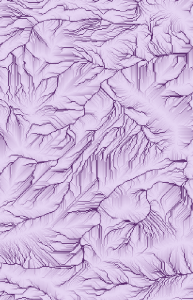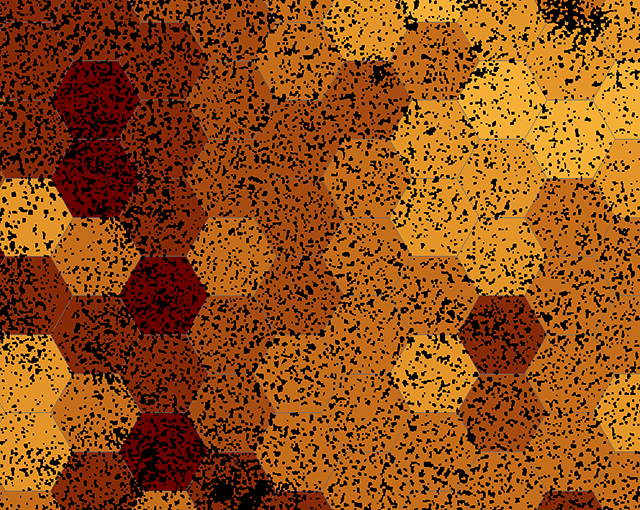2 months ago I was wandering around in rented cars, waking up to the dawn in improvised Forest Service campgrounds, cooking up bacon and eggs and coffee on camp stoves, breaking down my tent then rushing out into the piñon-juniper woodlands with a gps antenna magneted to my bandanna, a compass around my neck and a camera in my hand, documenting the landscapes that were going to become my study sites. I would drive and hike around in a rush to look at things until I decided I had to look at something in particular very slowly. Then I would stare at it. Mostly bushes and trees and soil and water courses. Also hills and valleys. I visited Sierra Vista and Tombstone and Arizona and Flagstaff and Cedar Ridge and Tuba City, and mostly places in between, like Cochise County and the San Pedro River and the Coconino forest and Waputki and the Little Colorado canyon and the rangelands of Navajo Nation. I took a train to New Mexico and did similar things there. Then I took a train home. It was a good time. There was a lot I missed because I was in a hurry to look at semi-arid vegetation, but there was a lot I saw because I was looking for semi-arid vegetation. I wrote about it a bit here.
Because I had a camera in my hand and because New Mexico and especially Arizona are so damn visual, I took a lot of photos. I’ve finally posted some of them up here.




